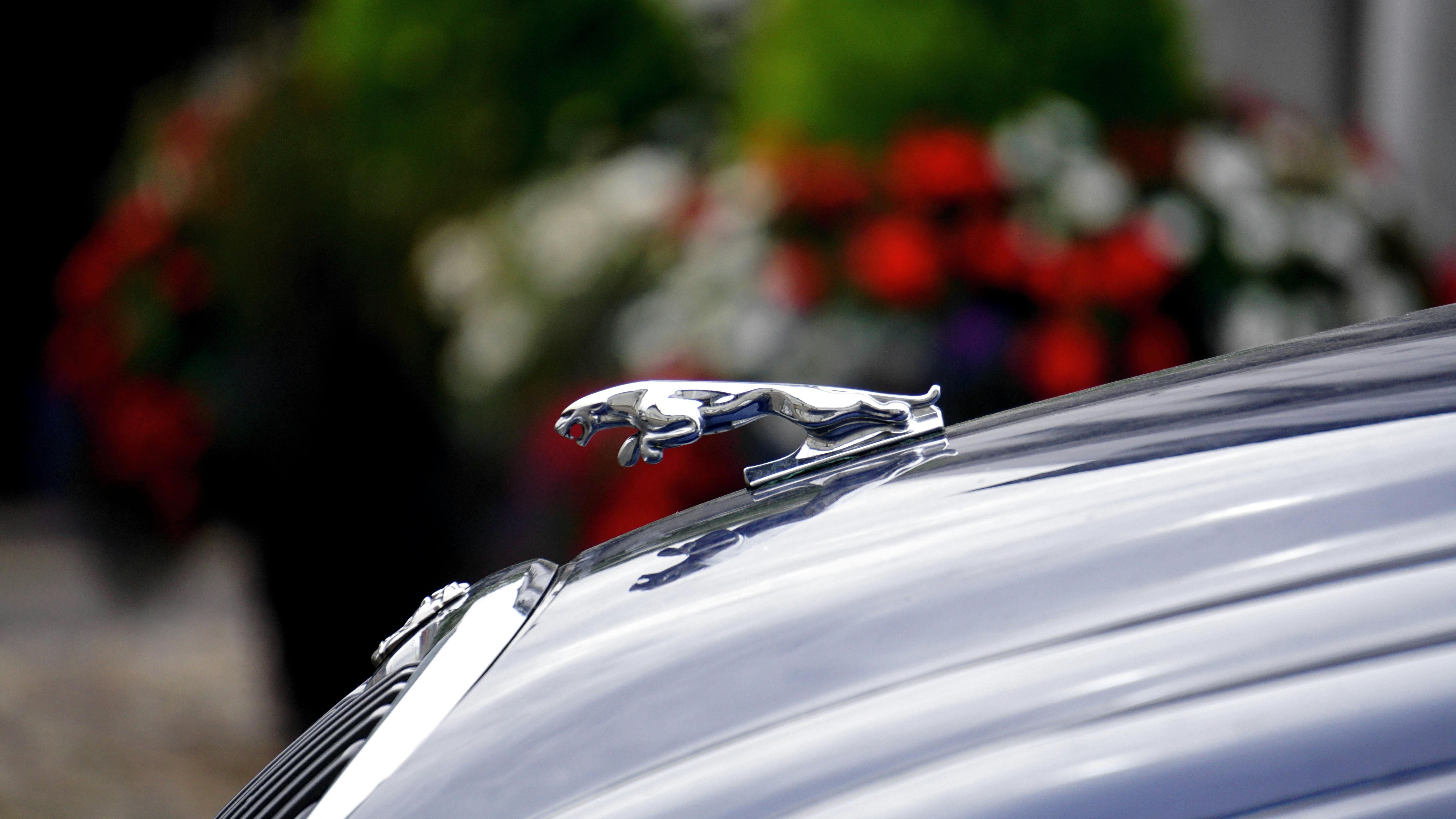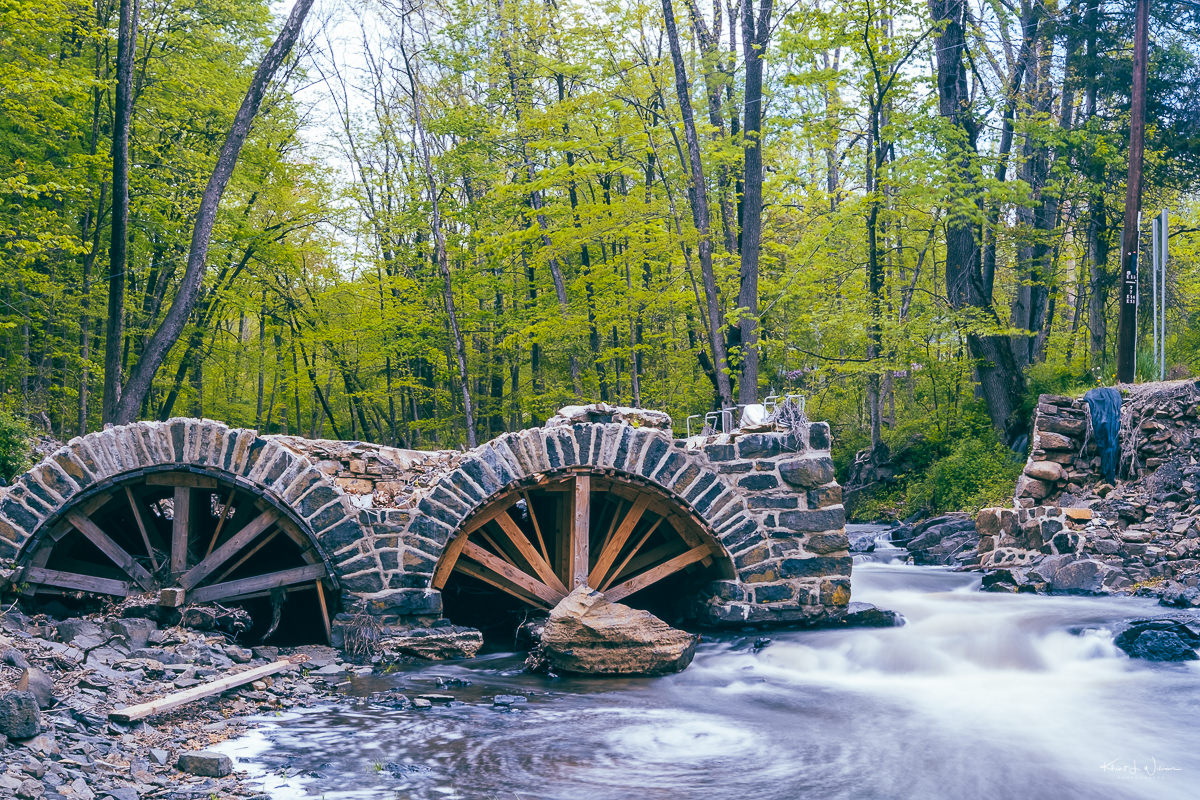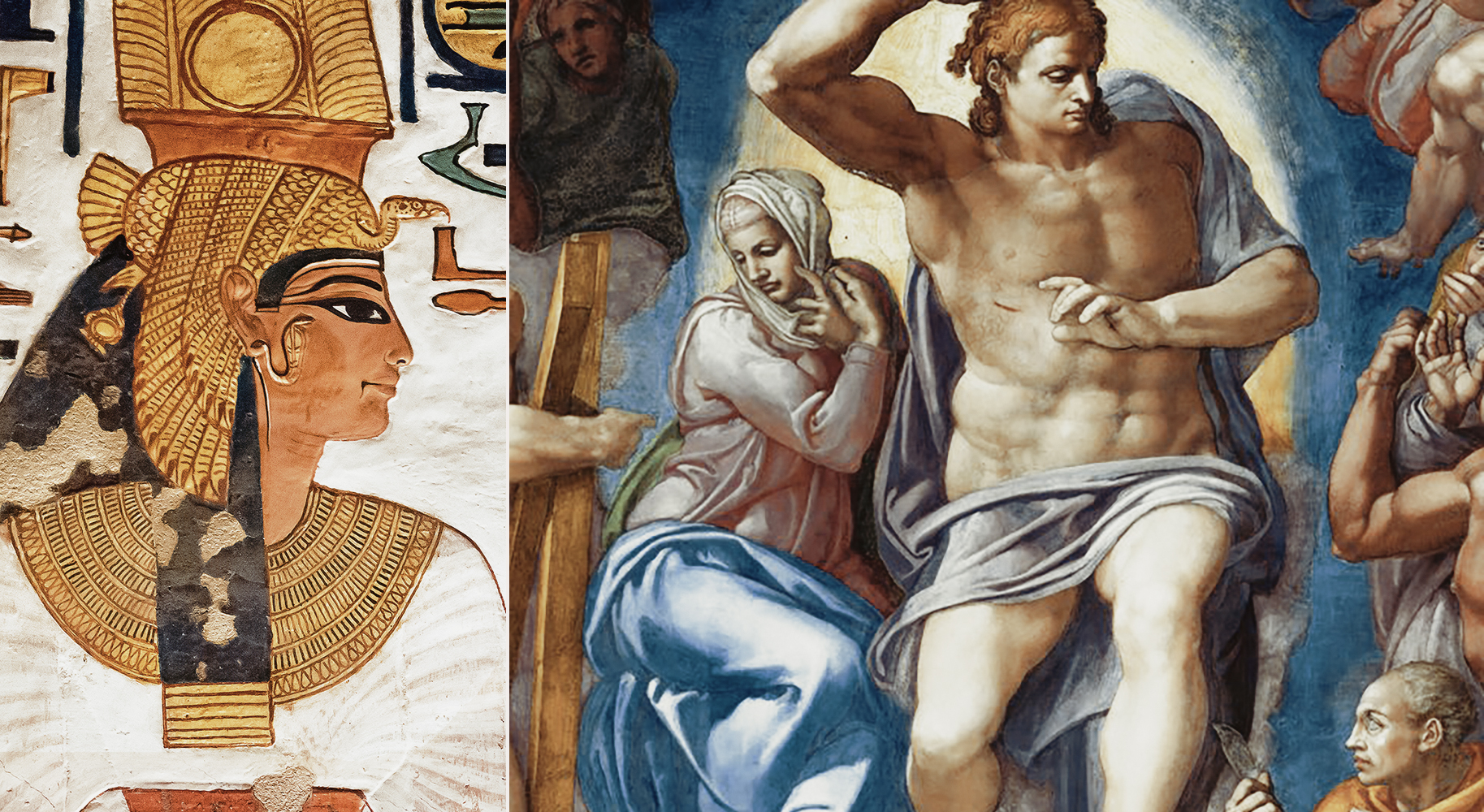Introduction: Overview of the Issue
![]()
Bird droppings on cars can be a frustrating problem for car owners, causing both cosmetic and structural damage to the vehicle. Understanding the science behind how bird droppings damage car paint, the consequences of neglecting their removal, and effective prevention and cleaning methods is crucial for protecting your investment.
The Science: How Bird Droppings Damage Car Paint

Bird droppings contain uric acid, salts, and other chemicals that can corrode car paint. Uric acid, in particular, is highly acidic and eats away at the protective layers of paint. The longer droppings remain on the car’s surface, the more damage they can cause. Heat and sunlight accelerate the corrosive effects, making it important to address droppings promptly.
The acidity of bird droppings varies based on the bird’s diet. Birds that consume berries or insects produce more acidic droppings, which further influences the extent of the damage. Additionally, heat and sunlight cause droppings to dry out and harden, making them more challenging to remove and increasing the likelihood of paint damage.
The condition of the car’s paint finish also affects its susceptibility to bird dropping damage. Older or poorly maintained paintwork is more vulnerable, while newer or well-maintained paint with a robust clear coat provides better protection.
Damage from bird droppings can range from etching and discoloration to peeling or chipping of the paint. Promptly addressing droppings is essential to prevent costly repairs.
Understanding the science behind bird droppings’ damage emphasizes the importance of preventive measures and prompt cleaning. In the next section, we will explore effective strategies for protecting your car from the damaging effects of bird droppings.
The Consequences of Bird Droppings: Damaging Effects on Your Car’s Paintwork

Bird droppings may appear harmless, but they can wreak havoc on your vehicle’s paintwork. The acidic nature of these droppings is the primary culprit behind the damage they cause. If left unattended, they can lead to a range of consequences that significantly diminish the appearance and value of your car.
1. Paint Etching and Discoloration
The acidic components in bird droppings, especially uric acid, have the potential to etch into the clear coat and underlying paint layers of your car. This results in unsightly marks or indentations on the paint surface, often in circular or irregular patterns. Over time, the affected areas may become discolored, leaving behind a permanent blemish that is challenging to repair.
2. Paint Fading and Dulling
When bird droppings are exposed to sunlight, a chemical reaction occurs that intensifies their damaging effects. The combination of heat and the acidic composition of the droppings accelerates this reaction, making the paint more susceptible to fading and dulling. Prolonged exposure to bird droppings can noticeably reduce the vibrancy of the paint, making it appear lackluster and aged.
3. Corrosion and Paint Damage

If bird droppings are left unattended for extended periods, they can gradually eat through the protective clear coat, exposing the underlying paint layers to further harm. This corrosion compromises the integrity of the paint, making it vulnerable to additional damage from environmental factors such as moisture, road salt, and pollutants. As a result, there is a higher likelihood of paint chipping, peeling, or even developing rust spots, which can be costly and time-consuming to repair.
4. Impact on Different Paint Colors
The consequences of bird droppings can vary depending on the color of your car’s paint. Darker-colored vehicles are more prone to prominently displaying the effects of bird droppings. The contrast between the dark paint and the light-colored residue makes any damage or discoloration appear more noticeable. On the other hand, lighter-colored cars may still suffer from paint damage, but it may be less apparent due to the reduced contrast with the droppings.
5. Financial Implications
![]()
In addition to aesthetic and maintenance concerns, the damage caused by bird droppings can have financial implications. If your car’s paintwork becomes significantly compromised, its resale value may decrease. Prospective buyers may be deterred by the visible blemishes or the potential need for costly repairs. Regularly addressing and preventing bird droppings can help preserve the value of your vehicle and save you from potential depreciation.
In the next section, we will explore effective measures to protect your car from bird droppings and minimize the risk of damage. By implementing preventive strategies, you can safeguard your car’s paint and maintain its pristine appearance for years to come.
Word Count: 335
Prevention: How to Protect Your Car from Bird Droppings

Bird droppings can be highly damaging to your car’s paintwork, but with these preventive measures, you can minimize the risk and maintain your car’s pristine appearance.
Park in Covered or Shaded Areas
![]()
Safeguard your car from bird droppings by parking it under a carport, in a garage, or beneath trees. These covered or shaded areas provide a physical barrier against direct exposure to droppings, reducing the chances of paint damage.
Use a Car Cover
![]()
Protect your vehicle from bird droppings by using a high-quality car cover. Look for a cover made of breathable material that is resistant to water and UV rays. Ensure it fits your car properly to prevent any rubbing or scratching of the paintwork.
Install Bird Deterrents
Deter birds from getting too close to your car by installing bird spikes, bird netting, or reflective devices. Bird spikes create an uncomfortable landing surface, while bird netting forms a physical barrier. Reflective devices, like hanging CDs or scare-eye balloons, startle birds and discourage them from approaching.
Regularly Wash and Wax Your Car
![]()
Maintain a regular washing and waxing routine to protect your car’s paint from bird droppings and other contaminants. Use a pH-neutral car wash soap and a soft sponge or microfiber cloth to gently clean the surface. After washing, apply a high-quality car wax for an extra layer of protection against bird droppings.
Consider Protective Films or Coatings
For added protection, consider applying clear protective films or coatings to your car’s paintwork. Paint protection film (PPF) creates a transparent barrier that shields the paint from bird droppings, scratches, and other environmental hazards. Ceramic coatings provide a durable and hydrophobic layer that repels bird droppings and makes cleaning easier. Consult a professional for proper installation and effectiveness.
By implementing these preventive measures, you can significantly reduce the risk of bird droppings damaging your car’s paintwork. Remember, prompt action and regular maintenance are key to preserving your vehicle’s appearance and value. In the next section, we will explore the best practices for cleaning bird droppings from car paint to minimize potential damage.
Word Count: 313 words
Cleaning Bird Droppings from Car Paint: The Ultimate Guide
![]()
Bird droppings on your car can be an eyesore and potentially damaging if not properly cleaned. In this guide, we will walk you through the best way to clean bird droppings from your car paint to minimize the risk of damage and maintain its pristine appearance.
1. Rinsing Off the Droppings
Start by rinsing off the affected area with water. This step loosens and softens the droppings, making them easier to remove without scratching the paint. Use a hose or a bucket of water to gently pour water over the droppings, allowing it to flow and soak them for a few moments. Avoid high-pressure water jets or spraying water directly onto the droppings, as this may spread them or force them into the paint, causing further damage.
2. Using a Mild Car Wash Soap
After rinsing off the droppings, it’s time to clean the area using a mild car wash soap. Choose a soap specifically formulated for automotive use, as these products are gentle on car paint while effectively removing dirt and contaminants. Fill a bucket with water and add the recommended amount of car wash soap. Dip a soft cloth or sponge into the soapy water, ensuring it is thoroughly saturated but not dripping.
3. Gently Wiping the Droppings
![]()
With the soapy cloth or sponge, gently wipe the affected area where the bird droppings were. Avoid excessive scrubbing or applying too much pressure, as this can potentially scratch the paint. Instead, use light, circular motions to lift off any remaining residue. For dried and stubborn droppings, let the soapy cloth or sponge sit on the area for a few minutes. The moisture from the soap will rehydrate the droppings, making them easier to remove.
4. Rinsing and Drying
Thoroughly rinse the area again with clean water to remove any soap residue. Ensure that all the soap is washed away to avoid streaks or spots on the paint. Once rinsed, gently dry the area using a soft, microfiber towel. Avoid regular towels or abrasive materials that may cause scratches. Pat the surface dry instead of rubbing to minimize the risk of scratches.
5. Optional: Applying Paint Protection
For added protection against bird droppings and other contaminants, consider applying a layer of paint protection. This can be in the form of wax, sealant, or ceramic coating, depending on your preference and desired level of protection. Follow the product instructions carefully for proper application.
By following these cleaning steps and maintaining regular care for your car’s paint, you can effectively remove bird droppings without causing damage and ensure your car stays in excellent condition.
Conclusion: How Bird Droppings Damage Car Paint

Bird droppings may seem harmless, but they can pose a significant threat to your car’s paintwork if left untreated. Fresh bird droppings are highly acidic and can begin to etch into the paint within hours. Factors like acidity, temperature, and the type of paint and clear coat influence the speed and severity of the damage.
To prevent paint damage, it’s crucial to remove bird droppings promptly. Protective coatings like clear coats or ceramic coatings provide an additional layer of defense. Regularly waxing or applying protective coatings not only enhances the car’s appearance but also creates a barrier that makes it easier to clean bird droppings and reduces the likelihood of paint damage.
In conclusion, taking immediate action to clean bird droppings and implementing preventive measures can significantly reduce the chances of permanent harm. By staying proactive and diligent in maintaining your car’s cleanliness, you can preserve its paintwork and ensure it remains in excellent condition for years to come. Remember, a little effort in preventing and addressing bird droppings can go a long way in protecting your car’s appearance and value.
Frequently Asked Questions
Frequently Asked Questions
1. How long does it take for bird poop to damage car paint?
The timeframe for bird droppings to damage car paint can vary depending on several factors such as the acidity of the droppings, temperature, and the condition of the paint. However, in general, fresh bird droppings can begin to etch into the paint within hours. It’s important to remove them promptly to minimize the risk of paint damage.
2. Can bird droppings cause permanent damage to car paint?
Yes, bird droppings have the potential to cause permanent damage to car paint if left unattended. The acidic components in the droppings, particularly uric acid, can etch into the clear coat and underlying paint layers, leading to marks, discoloration, and even peeling or chipping of the paint. Regular cleaning and preventive measures are essential to prevent long-term damage.
3. Do all bird droppings have the same level of acidity?
No, the acidity of bird droppings can vary depending on the bird’s diet. Birds that consume berries or insects tend to produce more acidic droppings, which can cause more damage to car paint. The specific level of acidity can influence the extent of the damage caused by bird droppings.
4. Are certain car paint colors more susceptible to damage from bird droppings?
Darker-colored vehicles are generally more prone to prominently display the effects of bird droppings. The contrast between dark paint and light-colored residue makes any damage or discoloration appear more noticeable. However, all car paint colors can be affected by bird droppings, and prompt cleaning is important regardless of the color.
5. Can protective coatings or waxes help prevent bird dropping damage?
Yes, applying protective coatings or waxes to your car’s paint can provide an additional layer of defense against bird droppings. Clear coats, ceramic coatings, or wax


Leave a Reply